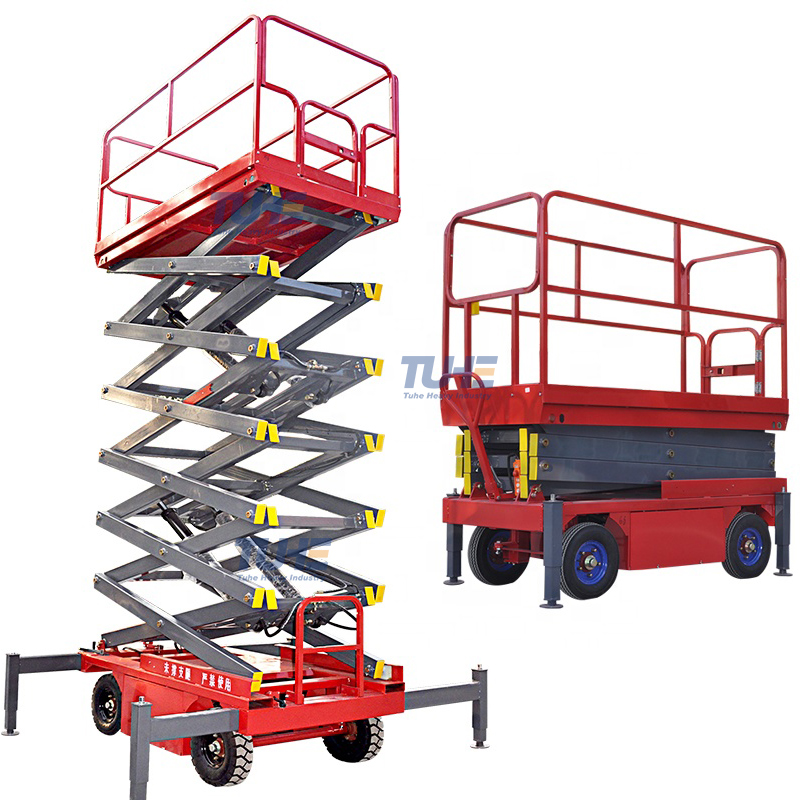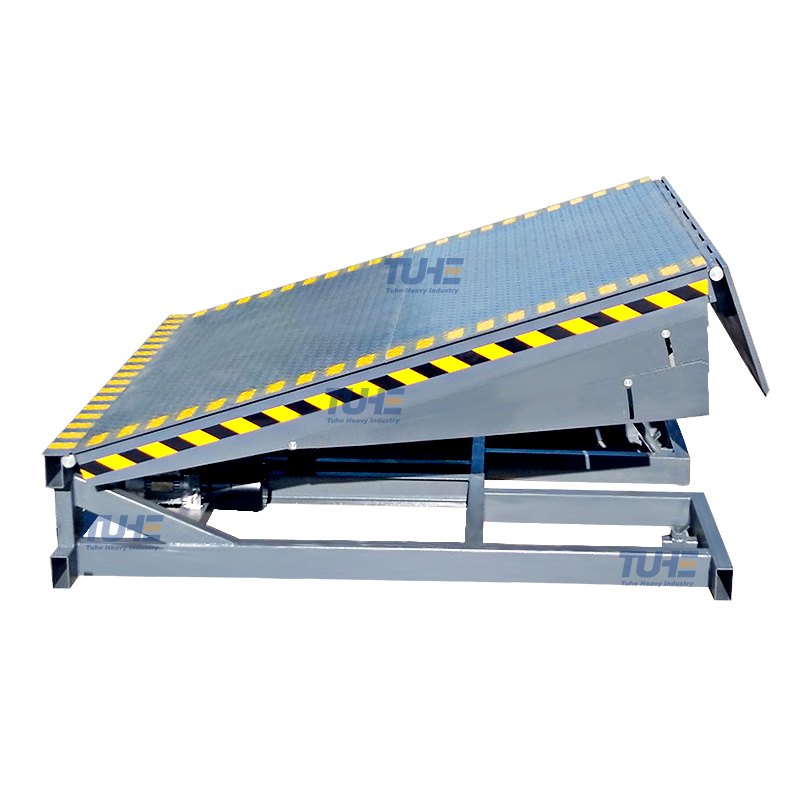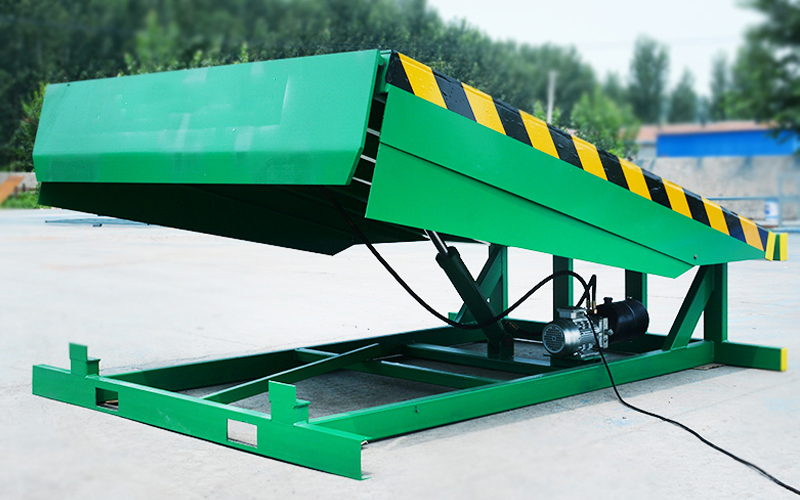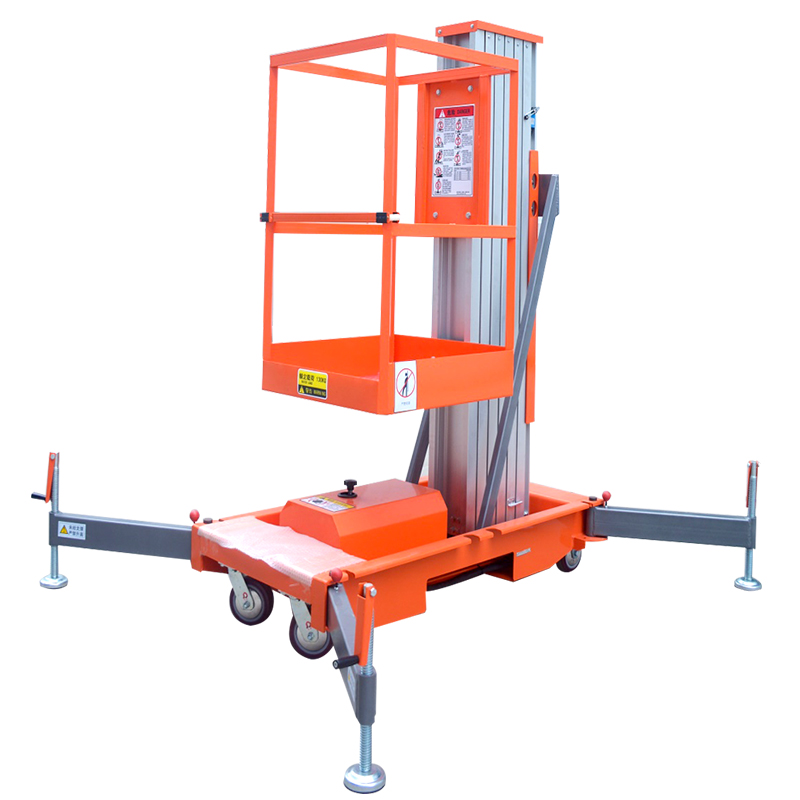![]() Hydraulic elevator configuration.pdf
Hydraulic elevator configuration.pdf
1. Hydraulic elevators
Hydraulic elevators are a type of elevator that use a hydraulic fluid, typically oil, to move the elevator cab. These elevators are commonly used in residential & low and mid-rise buildings, such as hospitals, office buildings, and hotels.
The hydraulic elevator system consists of a cab that travels through a vertical shaft, a hydraulic pump that moves the fluid into a cylinder located beneath the elevator cab, and a valve that controls the flow of fluid into and out of the cylinder. When the elevator is called, the pump activates and pushes the fluid into the cylinder, lifting the cab up. When the elevator needs to descend, the valve opens and allows the fluid to flow out of the cylinder, lowering the cab down.
One of the primary advantages of hydraulic elevators is their ability to lift heavy loads, making them suitable for commercial and industrial applications in addition to residences. Hydraulic elevators can carry loads up to 6,000 pounds or more, depending on the size and capacity of the system. They are also known for their smooth and quiet operation.
However, hydraulic elevators also have some disadvantages. They require a separate machine room to house the hydraulic pump and other components, which can increase installation and maintenance costs. Additionally, the hydraulic fluid used in the system can pose environmental risks if it leaks or spills, requiring proper handling and disposal procedures. Finally, hydraulic elevators are not as energy-efficient as other types of residential elevators, as they require more power to operate the hydraulic pump.
2. Pneumatic elevators
Pneumatic elevators are a type of elevator that uses air pressure to move a cab up and down a shaft. These elevators are typically used in low-rise buildings and are popular in residential and small commercial applications.
The pneumatic elevator consists of a cab or capsule that travels through a vertical tube or shaft, with a vacuum pump or compressor located at the top or bottom of the shaft. When the elevator is called, the pump creates a vacuum or pressure in the tube, causing the cab to move up or down.
Pneumatic elevators have several advantages over traditional elevators, such as their compact size, low cost, and easy installation. They also do not require a machine room, as the pump or compressor can be installed in a nearby closet or basement. Additionally, pneumatic elevators are energy-efficient, as they use less power than hydraulic or traction elevators.
However, there are some limitations to pneumatic elevators. They have a limited travel distance and are typically used for buildings up to 5 or 6 floors. They also have a lower weight capacity compared to traditional residential elevators and are not suitable for moving large items such as furniture or heavy equipment. Finally, pneumatic elevators are known to produce a loud noise during operation, which may be disruptive to occupants in nearby areas.
3. Traction elevators
Traction elevators are a type of elevator that use cables and counterweights to move the elevator cab up and down a vertical shaft. These elevators are commonly used in high-rise residential buildings, such as skyscrapers, and can travel at faster speeds than hydraulic or pneumatic elevators.
The traction elevator system consists of an elevator cab, counterweights, cables, a drive machine, and a controller. When the elevator is called, the controller signals the drive machine to turn a motor, which in turn drives a sheave or pulley. The sheave rotates, pulling or releasing the cables that are attached to the cab and counterweights. This movement causes the cab to move up or down the shaft, while the counterweights provide balance and stability.
One of the primary advantages of traction elevators is their ability to travel at faster speeds and over longer distances than hydraulic or pneumatic elevators. They can travel at speeds up to 2,500 feet per minute and can carry loads of up to 20,000 pounds or more. Additionally, traction elevators are more energy-efficient than hydraulic residential elevators, as they require less power to operate the drive machine.
However, traction elevators also have some disadvantages. They require a machine room to house the drive machine and other components, which can increase installation and maintenance costs. Additionally, the cables used in the system require periodic inspection and replacement, which can also add to maintenance costs. Finally, traction elevators can be noisy during operation, which may be a concern for some occupants in nearby residential areas.
4. Inclined elevators
Inclined elevators, also known as inclined lifts or funiculars, are a type of elevator that move along an inclined track or rail system. These elevators are commonly used in areas with steep inclines or where traditional vertical residential elevators are not practical.
Inclined elevators consist of a cab or platform that travels up and down the inclined track, which can be either straight or curved. The platform is typically attached to a cable or chain that is driven by a motor or other power source, causing it to move up or down the track.
Inclined elevators are often used in hilly or mountainous areas to transport people and goods up steep inclines or cliffs. They are also used in urban areas for transportation within buildings or between different levels of streets or public spaces. Under normal circumstances, inclined elevators is generally not used in residential buildings.
One of the primary advantages of inclined elevators is their ability to provide access to areas that would otherwise be difficult or impossible to reach with traditional vertical residential elevators. They are also relatively easy to install and require less space than traditional residential elevators, making them a practical solution in some situations.
However, inclined elevators also have some disadvantages. They are typically slower than traditional residential elevators and have lower weight capacities, limiting their use for transporting large or heavy items. Additionally, inclined elevators require regular maintenance to ensure their safe and efficient operation, and can be more expensive to install and maintain than other types of residential elevators.
The above are the 4 major types of residential elevators and their respective working principles, advantages and disadvantages. It is not difficult to see that Hydraulic elevators and Pneumatic elevators are the first choice for low-rise residential; while high-rise residential generally choose Traction elevators; Inclined elevators are the choice for special terrains and situations.

222.webp)


660.webp)
503.webp)
695.webp)

